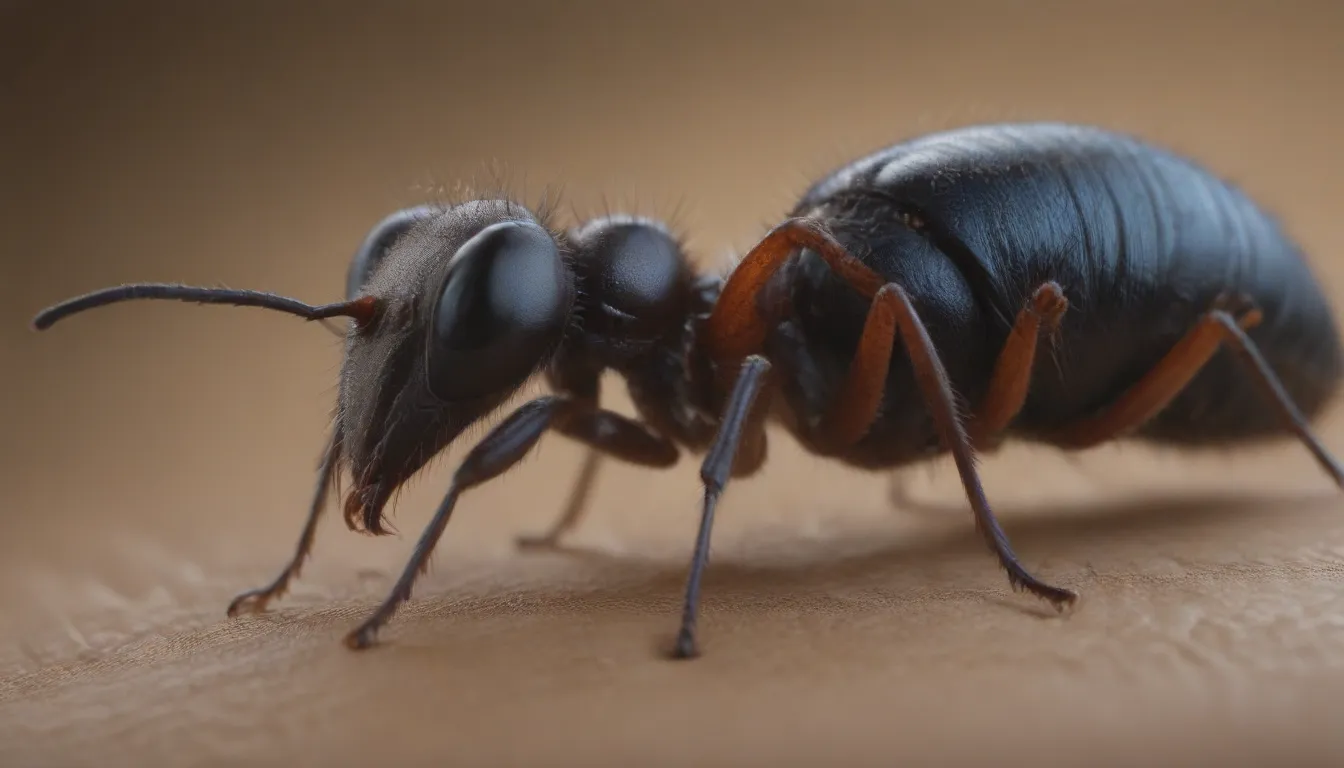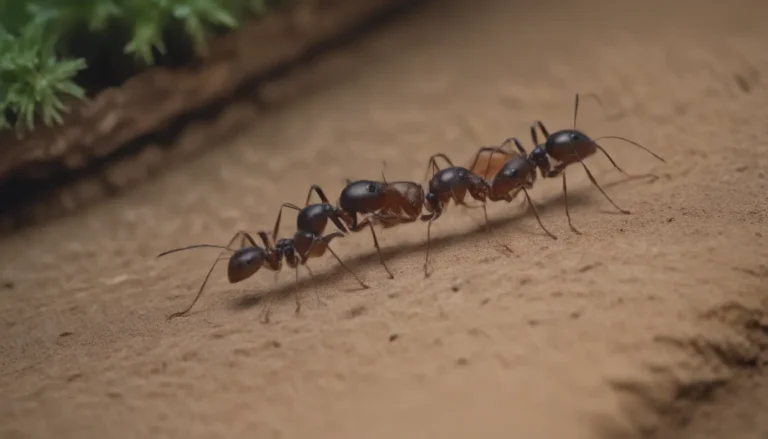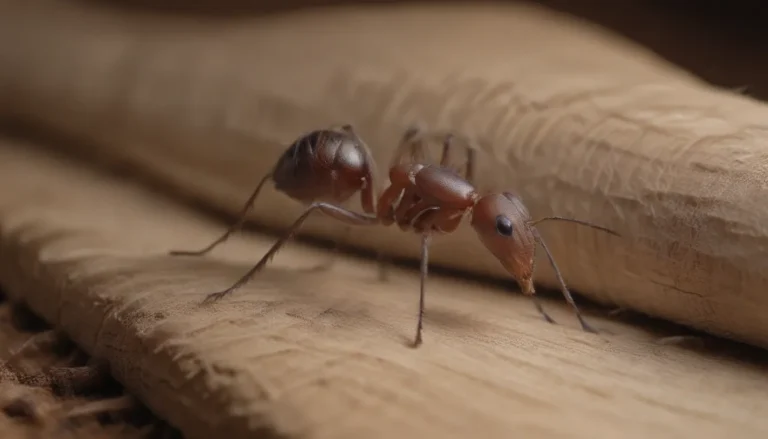Understanding Why Some Ants Have Wings and Other Common Questions Answered

Ants with wings can be a common sight, especially during certain times of the year. But what do these winged ants signify, and how can you differentiate between harmless ones and those that may pose a problem? In this comprehensive guide, we will delve into the world of ants with wings to help you understand their behavior, significance, and what you can do if you encounter them in your home.
Types of Ants with Wings and Their Differences
Ants that possess wings are known as reproductive males or queens in the case of carpenter ants and termites (which are often mistaken for ants). These flying individuals play a crucial role in the expansion of their colonies as they are the only members capable of reproduction. When these ants and termites swarm to mate, the males perish after fulfilling their purpose, while the queens shed their wings to establish a new nesting site. Observing ants with wings is a clear indication that they are gearing up to increase their population.
Identifying Potential Problems with Winged Ants in Your Home
The sudden appearance of swarming ants or termites in flight within your home is typically a red flag signaling an indoor infestation. This becomes even more concerning during the winter months when multiple winged ants are spotted, as it suggests the presence of a carpenter ant nest within the structure. Contrarily, seeing a lone winged ant indoors during the summer may not necessarily indicate an issue as it could have simply flown in through an open entry point and is unlikely to establish a nest.
Differentiating Between Ants and Termites
While both ants and termites may have wings, there are distinct differences in their body shapes, antennae, and wings that set them apart. Carpenter ants feature:
– Elbowed antennae
– Thin waist
– Forewings larger than hind wings
On the other hand, termites exhibit:
– Straight antennae
– Broad waist
– Forewings and hind wings of equal size
Understanding these key characteristics can aid in correctly identifying these insects and determining the appropriate course of action.
Behavioral Variances in Carpenter Ants and Termites
Both carpenter ants and termites have the potential to cause significant damage to structures, with carpenter ants showcasing remarkable strength in lifting objects up to seven times their weight with their mandibles. This unique ability highlights the destructive potential of these insects when present in large numbers within a home.
Effective Control Measures for Carpenter Ants
If you suspect a carpenter ant infestation, there are several strategies you can employ to address the issue effectively:
- Insecticidal dust: Applying insecticidal dust to target areas where carpenter ants are active can help eliminate the colony.
- Perimeter spray: Creating a barrier around your home with a perimeter spray can deter ants from entering and nesting indoors.
- Baits: Utilizing ant baits containing insecticides can attract and poison ants within their colonies.
- Insecticide sprays: Directly targeting ants with insecticide sprays can provide immediate relief from infestations.
When using any form of insecticide, it is essential to carefully read and adhere to the manufacturer’s instructions to ensure safe and effective application against carpenter ants.
Professional Termite Control Solutions
Unlike carpenter ants, termites often require professional intervention due to the specialized equipment, skills, and pesticides necessary for effective elimination. Once termites infiltrate a home, professional treatment is typically the most reliable approach to eradicate the infestation. Prevention measures can also be implemented to minimize the risk of termite infestations and safeguard your property against these destructive pests.
In a study on pest control methods, Dakhel et al. (2020) emphasized the importance of implementing effective strategies to manage insects that pose a threat to structures, highlighting the need for proactive pest management practices.
The presence of ants and termites with wings can signal potential problems within your home, but armed with the knowledge provided in this guide, you can confidently address these issues and protect your living space from these unwanted intruders. Remember to stay informed, vigilant, and proactive in your pest control efforts to maintain a pest-free environment for you and your family.





